The prevailing wisdom about a single draft for an NHL team suggests two actual NHL players should be considered a passing grade. Anything more represents a win for the general manager and amateur scouts.
Ken Holland presided over the Oilers’ drafts from 2019-2023, meaning we should see 10 names play over 100 games from his draft list with the team.
We’ll have to wait until later in the decade to make the official call, but the early returns aren’t strong.
The primary reason? Draft picks traded by Holland in those years.
The NHL has seven rounds in each draft, meaning 35 picks should land in your NHL city if the local club retains each one.
During the years 2019-23, the Oilers chose 25 prospects. Among selections in the first three rounds, only eight of 15 were used by Holland.
What’s the Holland legacy for Oilers amateur drafts? If we’re picking a song, it’s the St. Louis blues. The state of the Oilers prospect pool is as blue as blue can be.
Draft picks traded
Holland continued a tradition started by predecessor Peter Chiarelli by using future picks to improve the NHL roster immediately. It’s a proven strategy if the club makes good bets, but that was an issue for Holland during his time with the team.
Holland did not receive full value, and the picks sent away are showing up in good places for other NHL teams.
John Marino and Brock Faber lead the way, with Jesper Wallstedt, Aatu Raty, Daniil Gushchin and others about to make their mark on the league.
All of those names were surrendered for nine games of Andreas Athanasiou, two games from Mike Green, and the offloading of the bloated contracts of Milan Lucic and Zack Kassian.
This doesn’t include players surrendered from previous draft seasons (like Mike Kesselring) or the Duncan Keith trade, a deal that led to the current Darnell Nurse contract via Seth Jones and the Chicago Blackhawks mega-deal.
No one can fault Holland for attempting to improve the NHL team right away, and the pandemic made the Athanasiou and Green trades less productive.
The results of Holland’s trading of draft picks for immediate help fell well short of being a net positive.
The offer sheet
Many Oilers fans now believe Holland was the architect, or at least contributed, to St. Louis Blues general manager Doug Armstrong’s successful dual offer sheet ploy. If that is the case, he did a helluva job handcuffing his old team.
In acquiring young players Philip Broberg and Dylan Holloway from the Oilers in a brazen ploy, Armstrong effectively cut the heart out of the Holland era of Oilers drafting.
The exits of the two men has resulted in a most unusual statistic.
Holland’s Edmonton picks have played 183 NHL games so far. All but seven (Raphael Lavoie) of those games are owned by men who no longer play (Holloway, Broberg, Matej Blumel) for the Oilers.
Since Holland left the organization, and the offer sheet story played out, there has been a mountain of criticism toward him for not signing the two young players.
From the outside, the Oilers management structure seemed to change with the hiring of Jeff Jackson as CEO in the summer of 2023. So, while there is no doubt Holland, as general manager, left the team exposed, there’s more than enough blame to go around the entire management wing of the Oilers hockey operations.
What’s left of Holland’s drafts?
The Oilers chose 25 draft picks during his five years with the team. There are 14 who remain in the organization, matriculating but under control in amateur leagues or continuing their playing careers in U.S. colleges.
There are some nice pieces. Max Wanner is developing as a future third-pairing defender with an edge, Russian winger Maxim Berezkin has the look of an NHL player if he ever comes over, and young puck mover Beau Akey has offensive potential.
Edmonton’s lack of picks during the Holland era, added to the uneven development of first-round picks like Xavier Bourgault, give the entire five-year window the look of failure.
How close to 10?
If the goal is two NHL players per year, 10 should be expected over a five-year period.
Holland’s drafts count two, Broberg and Holloway, and there are no obvious candidates for success following closely behind.
There are some caveats.
First, it’s far too early to make the call on his last four drafts. We can make the call on the 2019 draft. In the spring I wrote “The Oilers’ draft included a top-10 selection. Viewing the results, and despite recent events, it’s impossible to award a passing grade” and that remains the case.
The 2020 draft will be five years old next June and there are some things that could tip the balance. Holloway scoring 20 for the Blues this season, or the club finally signing Berezkin could place the draft class from 2020 in a different light.
Second, the lack of picks over the five seasons (there were just two second-round picks) meant the scouts were at a decided disadvantage.
All that said, we can make the call from here. The Holland draft era will be remembered as a miserable period in Oilers history.
What’s next?
The Oilers 2024 draft had more picks (seven) than any Holland season, and the top pick (Sam O’Reilly was the first-rounder) made headline news during main camp with his fine play.
The Oilers’ current management would do well to learn from its own past and draft offensively talented players whenever available in every draft.
Sometimes it works perfectly (Kevin Lowe, Mark Messier and Glenn Anderson in 1979 and Evan Bouchard, Ryan McLeod and Mike Kesselring in 2018) and sometimes it falls short (Kailer Yamamoto was an astute 2017 pick who could not stay healthy).
The Oilers scouts have delivered much when the organizational mission statement focuses on skill.
O’Reilly is a great example of making skill a priority. It helps that he has a range of skills, but the offensive tools were there in a way that some of Holland’s first-round selections lacked.
The club is using (based on anecdotal evidence) analytics and numbers-based recommendations as it pertains to player evaluation. It follows that it would be useful to the amateur side, and we may have seen some evidence in the 2024 draft (O’Reilly, but also Dalyn Wakely and William Nicholl).
The reality of drafting is that NHL teams should shoot the moon for skill with every pick.
A club can find depth wingers and third pairing defenders late in free agency, on the waiver wire and easily transacted trades.
Skill is king.
Summary
The Holland years were defined by aggressive usage of prime draft picks as assets for trades that brought immediate help.
The organization got close during his time, a team can’t get closer than Game 7 of the Stanley Cup Final without actually winning it all.
There’s an old line in sports when a manager goes all-in to win: You better be right.
The remnants and roll ends that remained on the day he left, added to the dual offer sheets from Missouri, mean Holland’s amateur procurement resume will be written as a significant disappointment.
Even one Stanley Cup victory would have meant a far more complementary paragraph in the guide and record book.
Expect holes in every draft through the end of the decade, but fans should also hope the new group gets it right when targeting talent.
It’s incumbent on the new management team to draft high-end skill with every selection. Aces and Kings should be the goal each time, the lesser talents are more abundant each season and can be secured with little talent loss in return.
(Photo of Oilers’ draft table in 2022: Bruce Bennett / Getty Images)


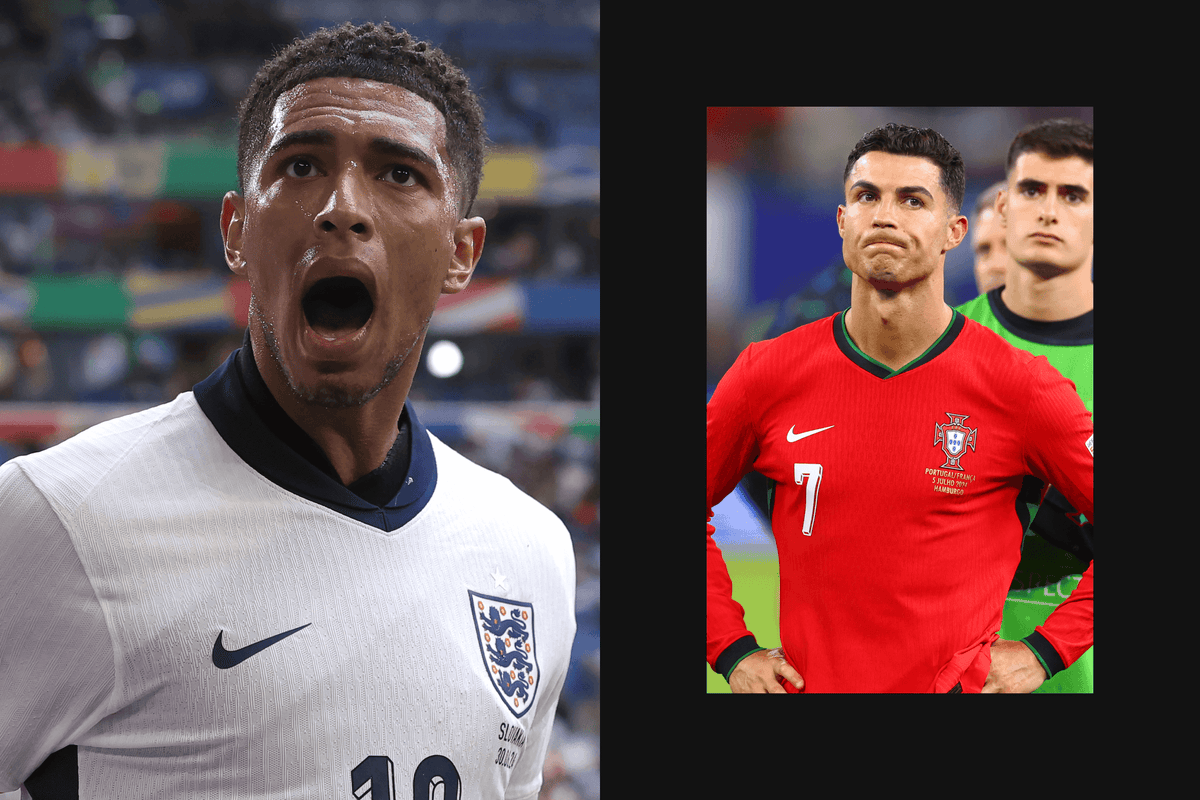

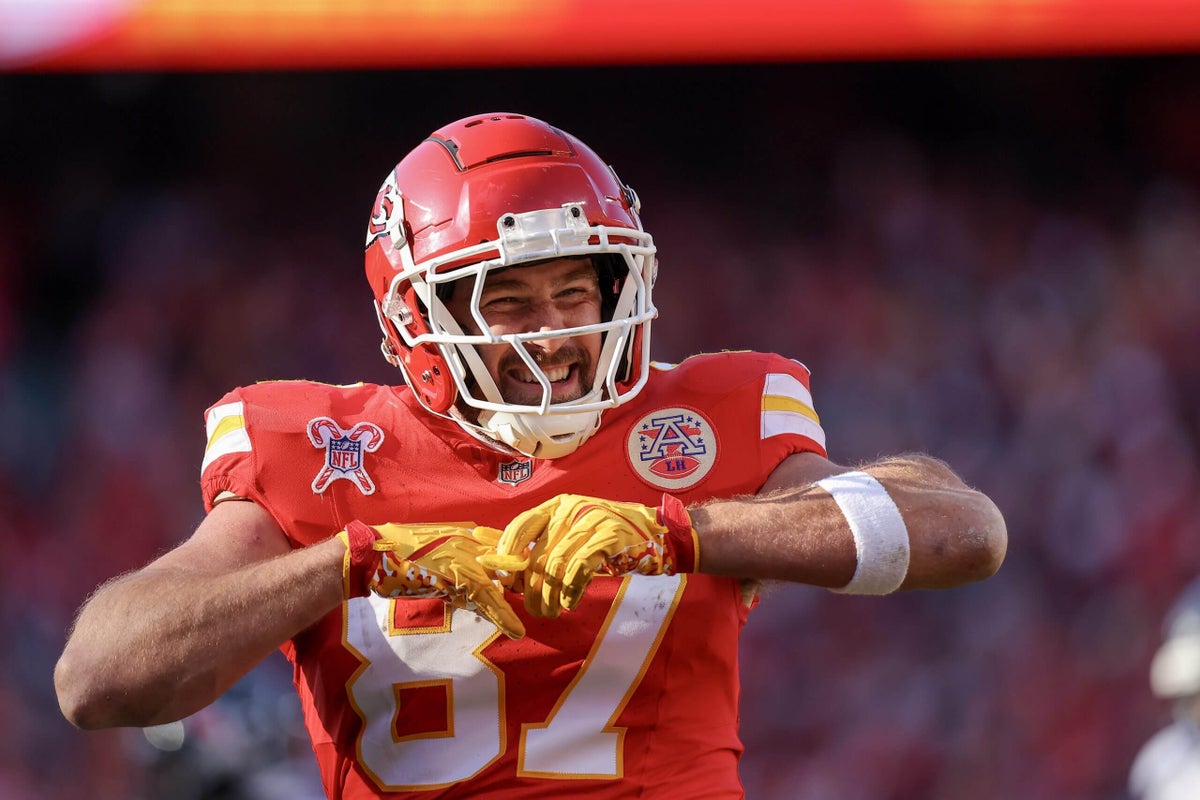

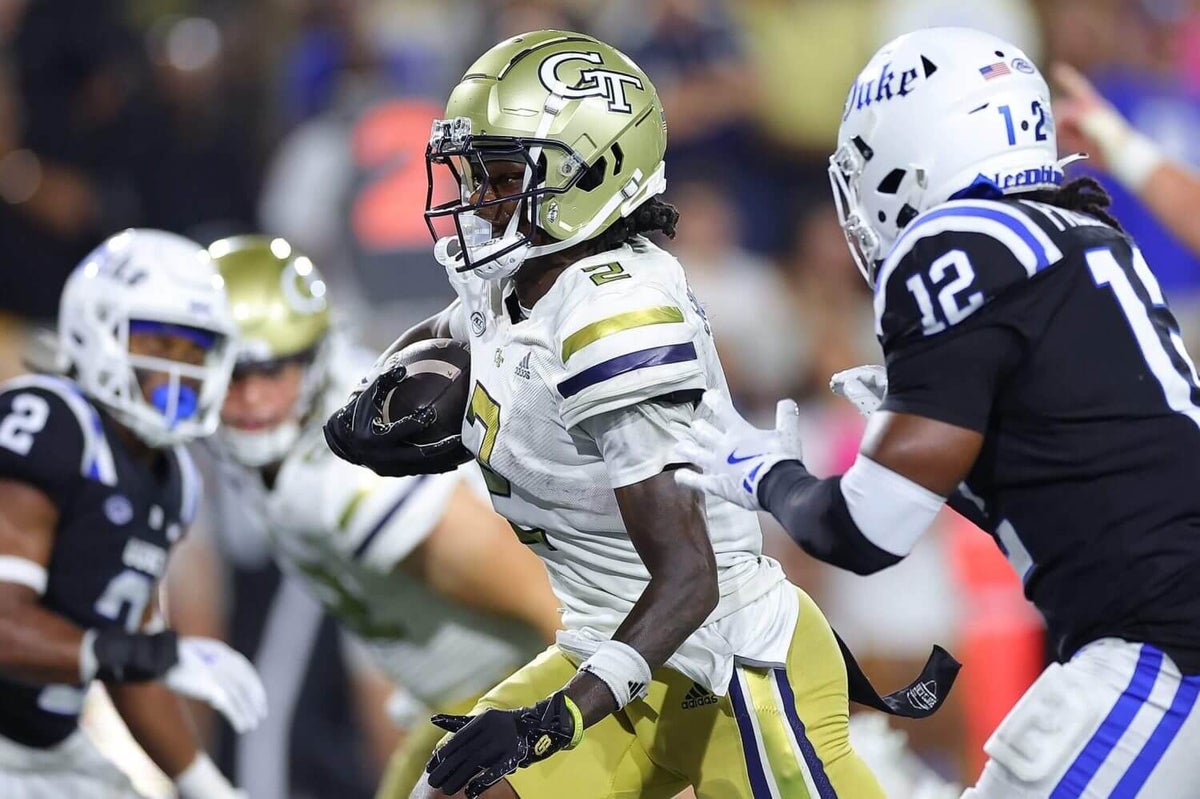
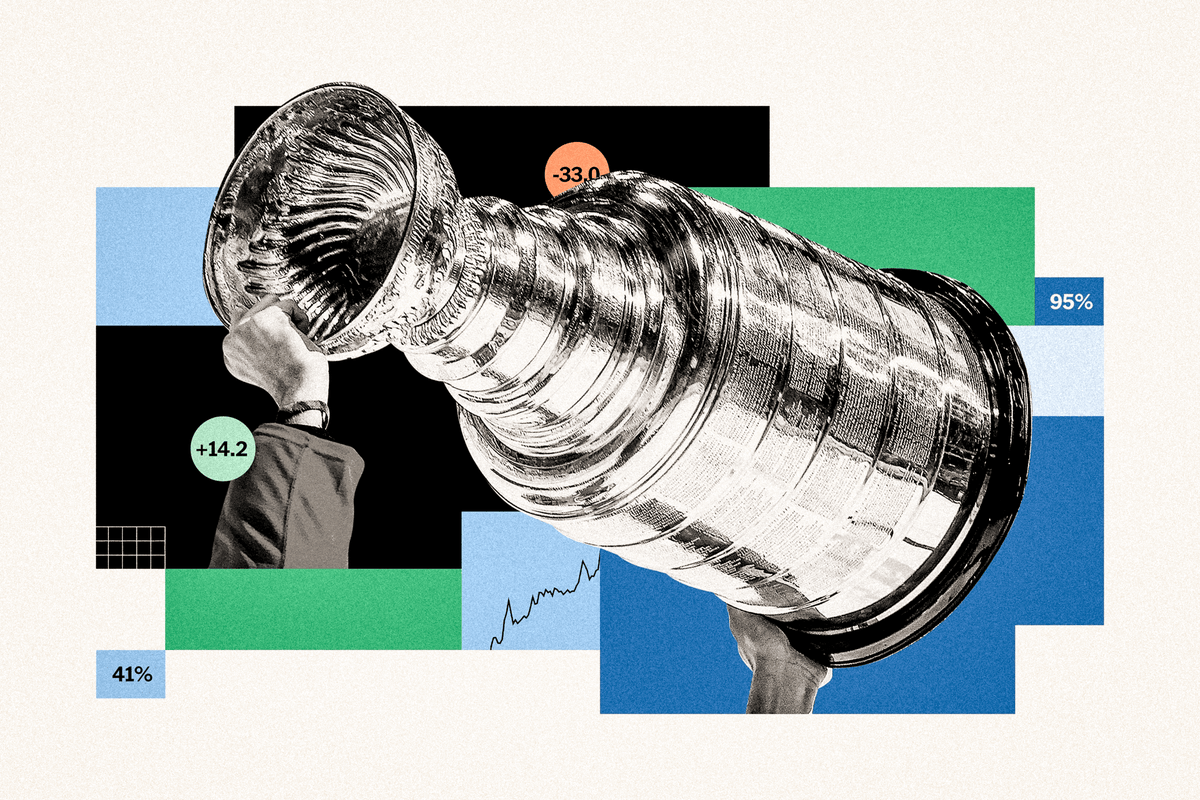
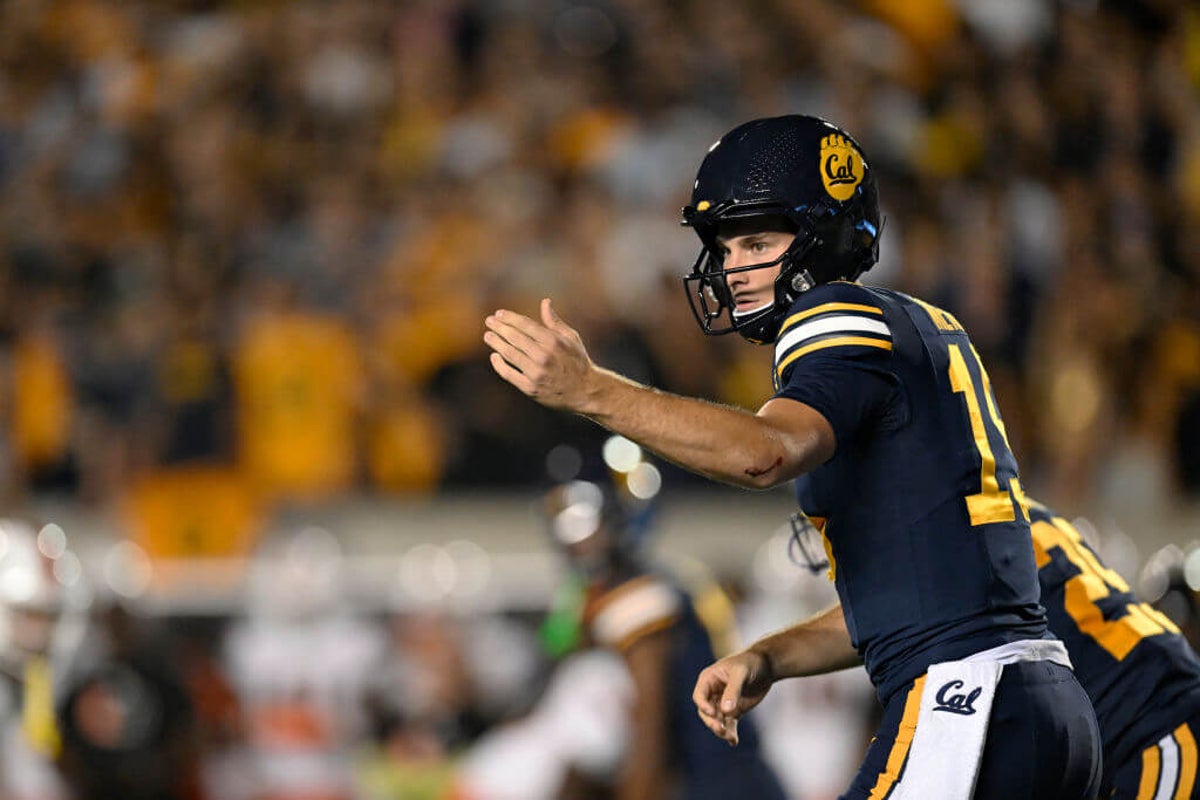

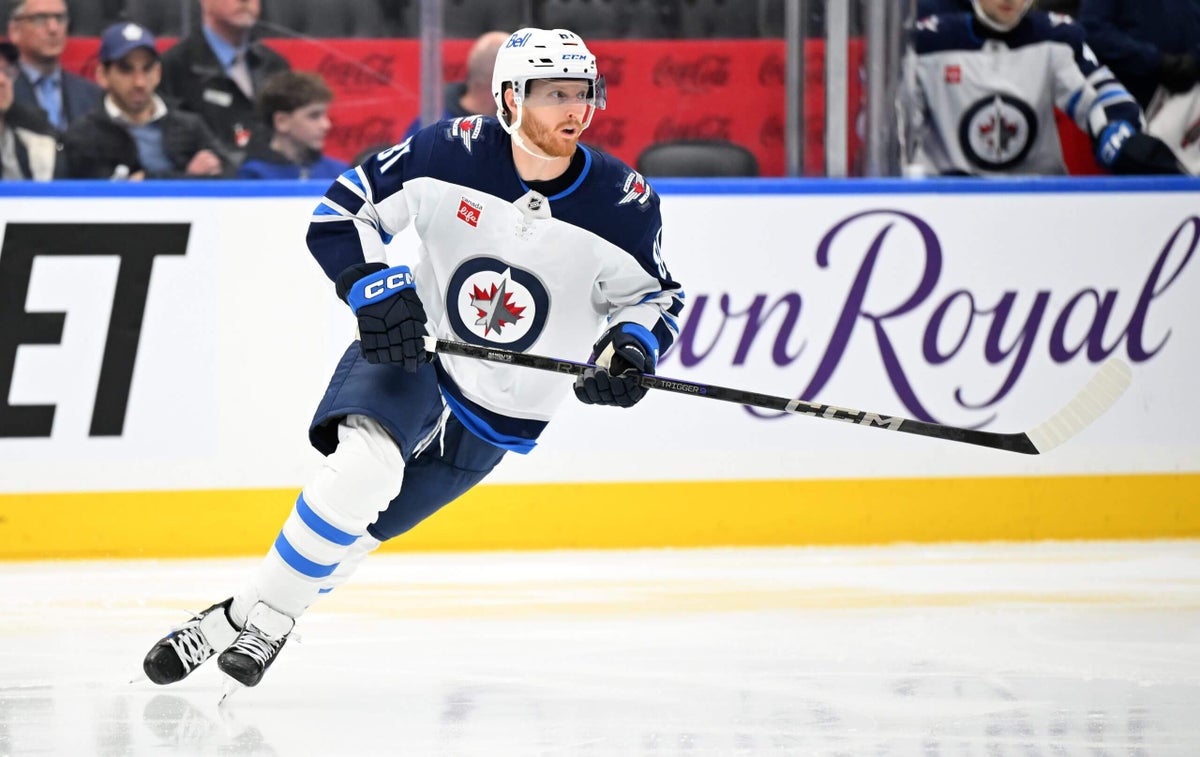



Leave a Reply